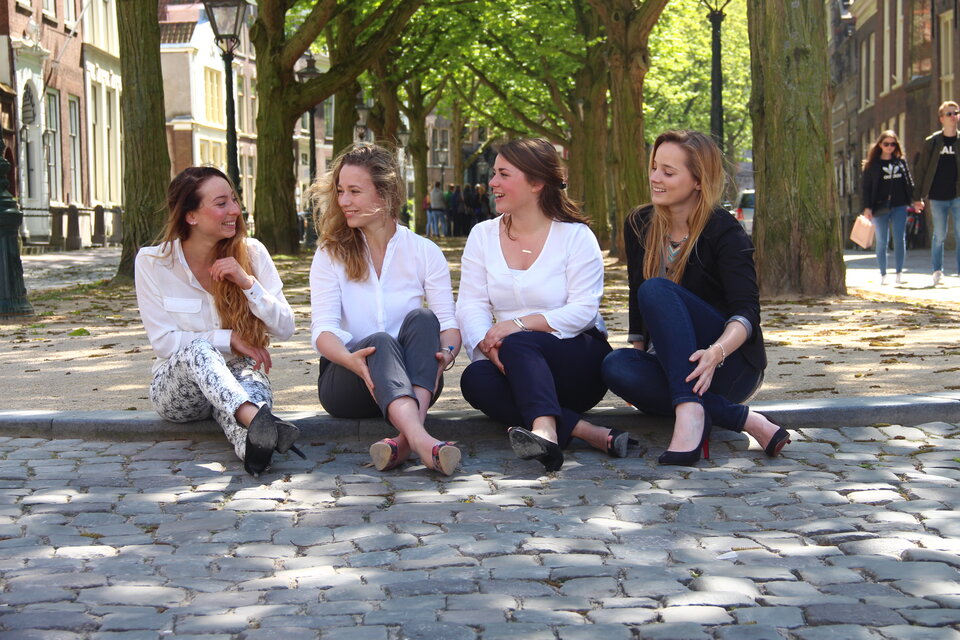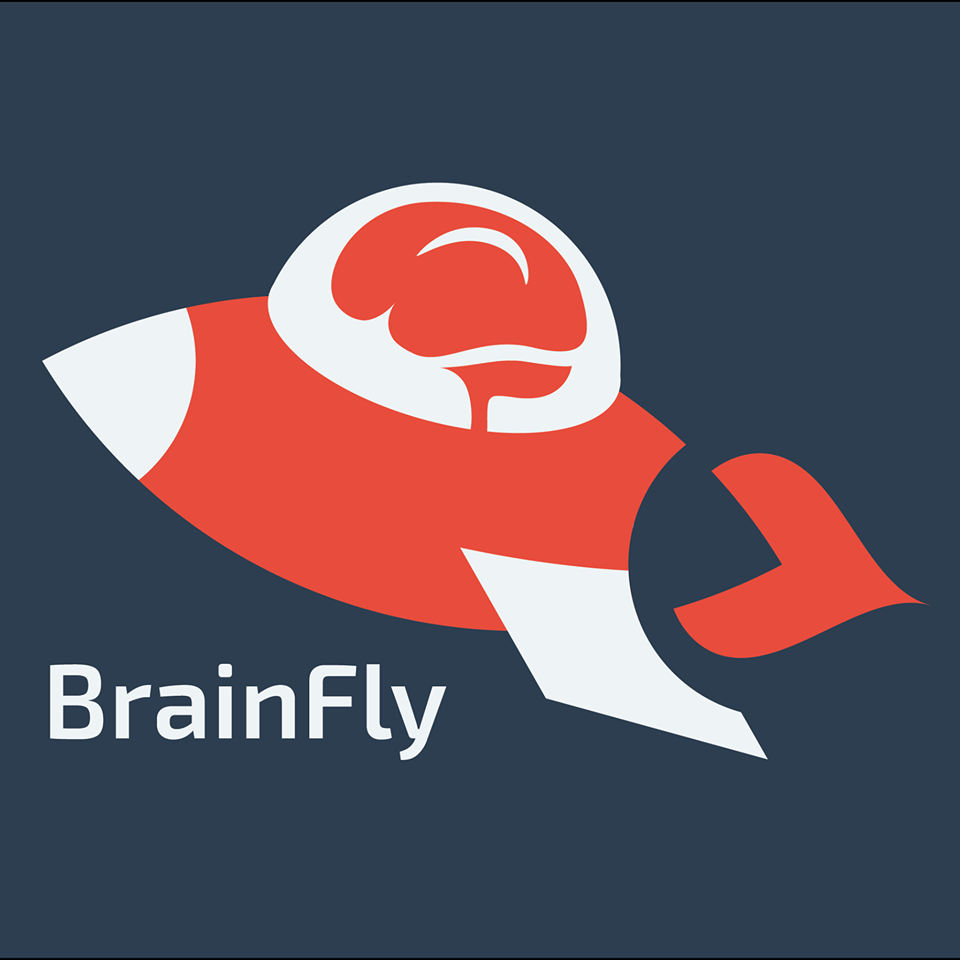Meet the teams: BrainFly
The BrainFly team is composed of four Dutch students. Two Master students from Leiden University, one Master student from Erasmus University, and one Master student from Utrecht University, all located in the Netherlands. Their research aims to better understand the influence of gravitational changes on brain functioning, and will focus on the possibility of using Brain-Computer Interface technologies in space.
The effects of micro- and hypergravity on brain signals and brain-computer interfacing performance
| University | Leiden University, the Netherlands; Erasmus University, the Netherlands; Utrecht University, the Netherlands |
| Endorsing professor |
Femke Nijboer Leiden University, the Netherlands |
| ELGRA mentor | TBD |
| Team |
Evelien Lageweg Anouck Schippers Danielle Tump Rebecca Mourits |

Understanding how the brain works in micro- and hypergravity is of utmost importance for safe and effective human exploration and exploitation of space. As brain signals can be used in space for the control of multiple applications, and with commercial suborbital spaceflight on the brink of giving the opportunity to thousands of space tourists to experience microgravity for short periods of time, the need to understand the effects on cognitive functioning are expanding. Previous studies have shown negative side effects of micro and hypergravity on the human brain and physical functioning, warranting further research.
On Earth, Brain-Computer Interface technologies (BCI) promise to replace lost functionality, improve performance, restore motor function, and enhance neural functions. BCI is also used as a research tool to understand brain functioning in real-time.
The interest for BCI use in space was explored in 2007, when the ESA Advanced Concepts Team conducted parabolic flight experiments to explore the potential of BCIs, leading to an edited volume in Neurobiology in 2009. Since then, non-invasive BCI technologies have advanced and are being used to improve people’s lives and augmenting other areas of innovation (e.g. gaming and neuromarketing).

The BrainFly team aims to expand the work of ESA’s Advanced Concepts Team ten years after their parabolic flight and explore today’s technology in two ways:
(a) further investigate the effects of microgravity and hypergravity (1.8g) on the basic function of the brain, operationalised by the frequency spectrum of the electrocephalogram (EEG), and in particular the sensorimotoric rhythms.
(b) explore the ability to self-regulate sensorimotoric rhythms in order to operate a brain-computer interface (BCIs) during microgravity and hypergravity.
The team expects to collect a wealth of information about sensorimotoric signals during various gravity stages and, consequently, about BCI performance. They expect that the measured brain signals will significantly differ in micro- and hypergravity sessions compared to normal gravity sessions. Moreover, they expect that BCI performance will increase due to intensive trainings and better equipment during microgravity sessions. They hope that this experiment will pave the way for the use of neurotechnology in astronaut training and that it will provide valuable insight into the brain. They also hope it will help implement a novel form of human-computer interaction in aerospace which is more intuitive, natural, and muscle-independent.

